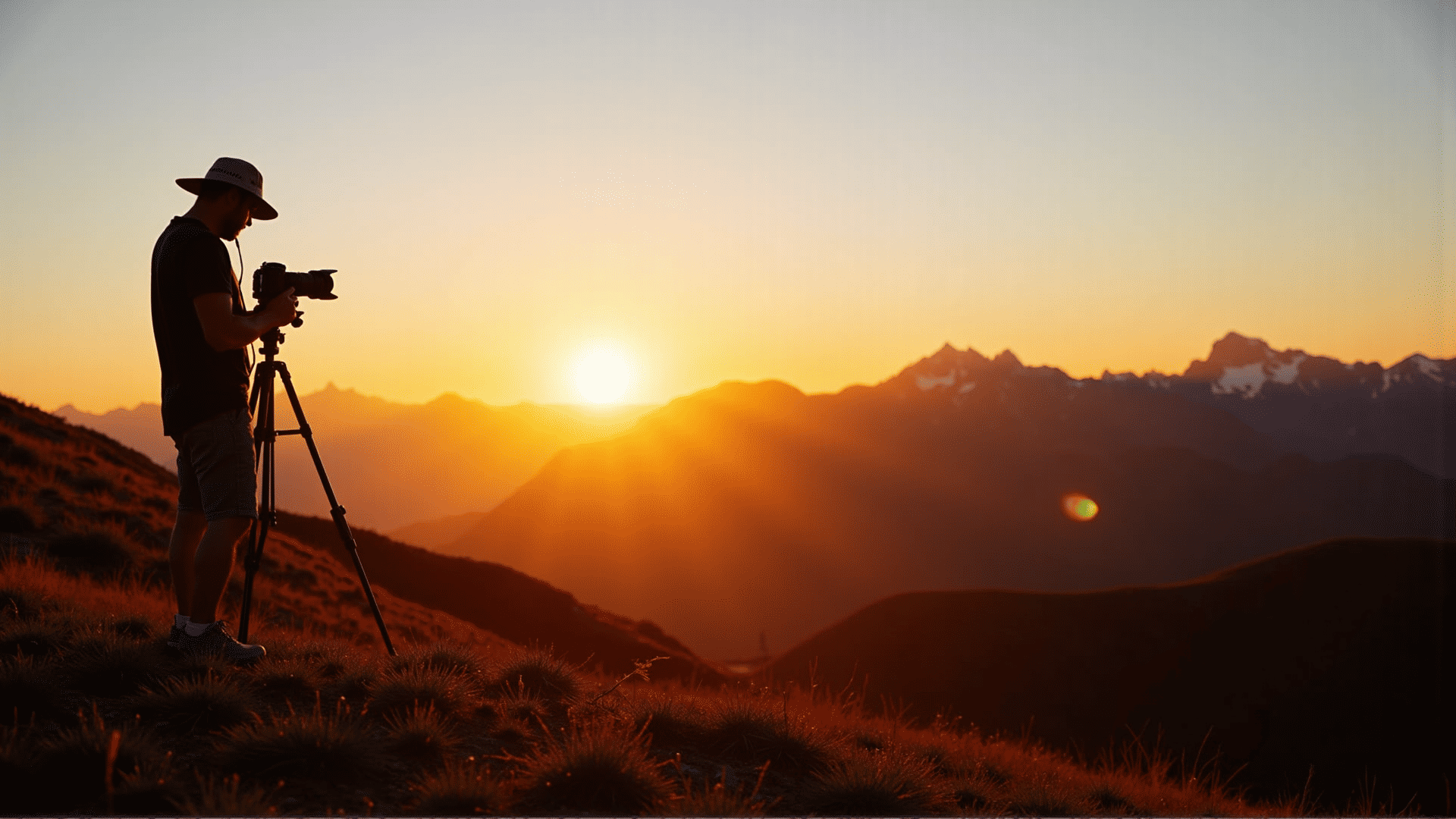Exploring the world through a lens offers an unparalleled opportunity to express artistic vision and convey powerful stories. To truly elevate your photography and make a lasting impression, mastering several fundamental techniques is essential. From understanding the role of lighting to capturing the perfect moment, these skills are the cornerstone of impactful imagery.
Mastering Lighting
Lighting is perhaps the most crucial element in photography. It sets the mood, highlights essential details, and can dramatically alter the perception of a photograph. Understanding natural and artificial lighting can enhance your composition significantly.
Natural Light: Utilize the golden hours—shortly after sunrise and before sunset—for soft, diffused lighting that is flattering for portraits and landscapes alike. Midday sun can be harsh, so consider seeking shaded areas to soften shadows.
Artificial Light: Experimenting with artificial light sources, like LEDs and flash units, encourages control over shadows and highlights. Playing with different angles and intensities allows for creative exploration, offering unique visual outcomes.
Perfecting Composition
Great compositions invite the viewer’s gaze and guide it through the photograph seamlessly. Consider these compositional techniques to refine your craft:
Rule of Thirds: Divide your frame into nine equal sections by two horizontal and two vertical lines. Position key elements at intersections or along lines for balance and interest.
Leading Lines: Use natural or man-made lines to lead the viewer’s eye into the scene. Roads, rivers, and architectural lines are excellent guides.
Framing: Utilize elements like windows, doorways, or branches to create a frame within your image. This adds depth and context, drawing attention to your subject.
Capturing Timing
Photographs can tell a profound story by capturing a fleeting moment that resonates emotionally with the audience. The following techniques can help you seize the perfect split-second:
Anticipate the Moment: Stay vigilant and anticipate action when photographing events, wildlife, or dynamic scenes. This foresight improves your chances of freezing time at the pinnacle of activity.
Use Burst Mode: Enable burst mode to capture a sequence of shots in quick succession. This is especially useful when the subject is in motion, ensuring you have multiple images to choose from.
Enhancing Details
Paying attention to details can elevate an ordinary photograph to extraordinary status. Zoom in on textures, patterns, and small elements that often go unnoticed but add intrigue and dimension to your work.
Macro Photography: Get up close and personal with your subjects to showcase details that are often invisible to the naked eye. This genre of photography unveils a world of intricacy in everyday objects.
Conveying Emotion
The most compelling photographs evoke emotions. Through expression, movement, and mood, your subject can tell a story that words might struggle to convey.
Candid Shots: Capture genuine emotions by photographing candidly rather than posing your subjects. This approach reveals authenticity and connects deeply with viewers.
Experiment with Color: Colors can alter the mood of your photographs dramatically. Consider the psychological impact of different hues and how they complement your desired narrative.
By exploring and refining these techniques, you can transform your photography from simple snapshots to narrative-driven visuals that captivate and inspire. Embrace experimentation and continue to learn from each shot, as photography is a journey where each captured frame unfolds a new story.
